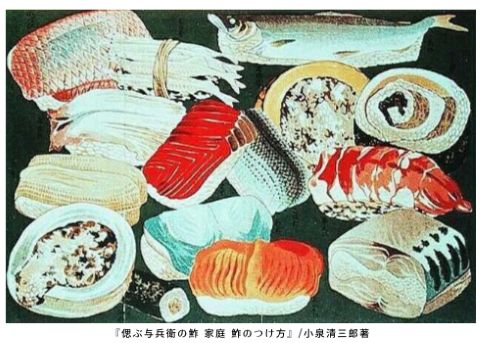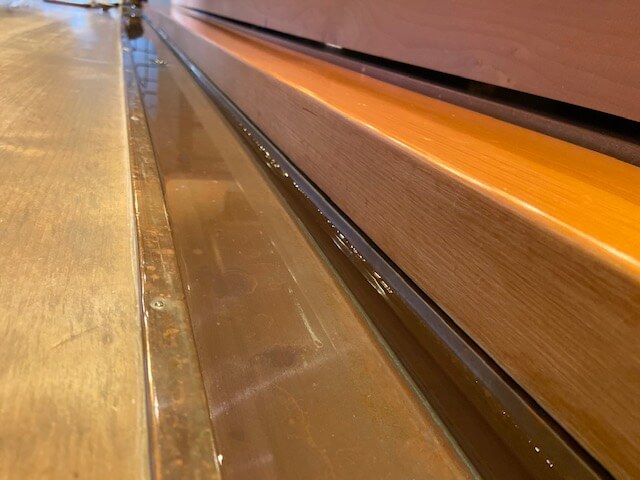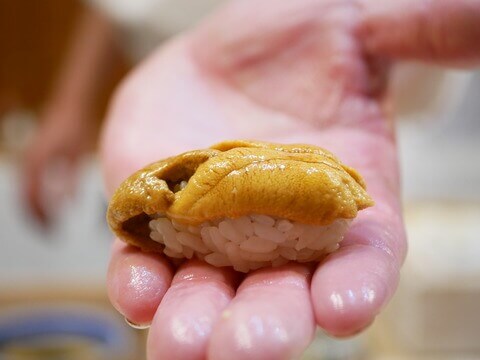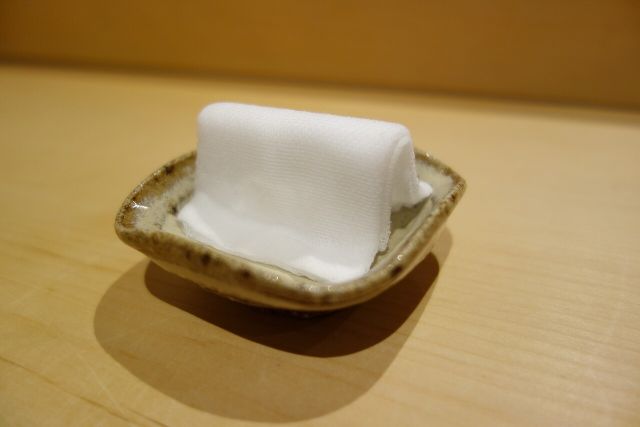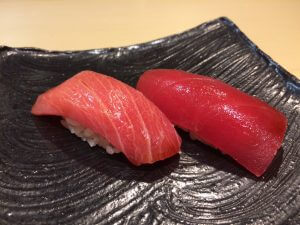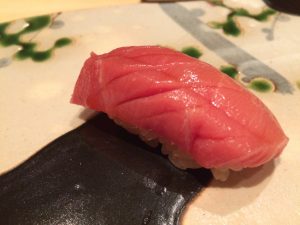Have you ordered Nigiri sushi and been served two pieces on one plate?
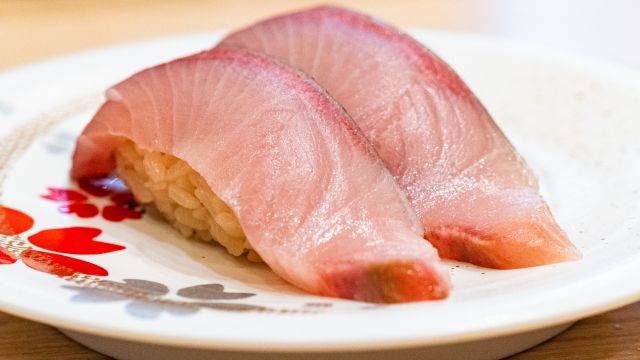
This isn’t something that happens at a conveyor belt sushi restaurant. It can happen at a sushi restaurant with a counter.
There are multiple theories as to the reason for this, but the most likely one is as follows.
The reason sushi is served in sets of two pieces is that this practice is left over from long ago (the Edo period), when pieces of sushi were made large, like onigiri, and difficult to eat. At some point (it’s unclear when), these were just cut in half, making two pieces that led to what we see today (there are multiple theories about when this happened).
However nowadays, if you were to eat two pieces of each topping, you won’t be able to enjoy as many different kinds, so customers sitting at the counter are served only one piece at a time. So then why do other restaurants continue to prepare two pieces at once? This may be in order to improve the efficiency of the sushi chef’s work. Also, regular customers may see toppings others are ordering and ask for the same one. This helps reduce the workload of the sushi chef.
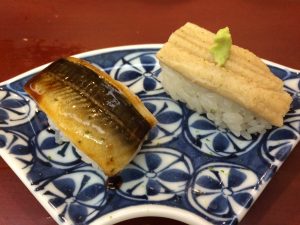
But there are also some toppings that are better to eat in pairs.
For example, conger eel tastes completely different when one piece is eaten with salt and the other seasoned with sweet sauce. Serving the part of the eel closer to the head skin-up and the part closer to the tail belly-up also offers different textures; skin-up offers a smooth texture while belly-up offers a fluffy texture. In addition, the head and tail simply taste differently. Since the back and belly of fish like bonito and mackerel have different fat content, it can be better to order two pieces at a time in order to fully experience each of the individual qualities of the fish.
The sushi chefs at your favorite restaurant know your preferences well. Depending on the type of fish, they may serve you two pieces of the back side, which has a more fishy flavor, without saying anything.
We hope this information will be helpful.

Revision date: May 29, 2025
Share this article
 Many overseas visitors who are not accustomed to eating fish often find the fishy smell off-putting. This odor is mainly caused by a compound called trimethylamine, which forms when bacteria break down trimethylamine oxide, a substance abundant in fish that contributes to
Many overseas visitors who are not accustomed to eating fish often find the fishy smell off-putting. This odor is mainly caused by a compound called trimethylamine, which forms when bacteria break down trimethylamine oxide, a substance abundant in fish that contributes to 